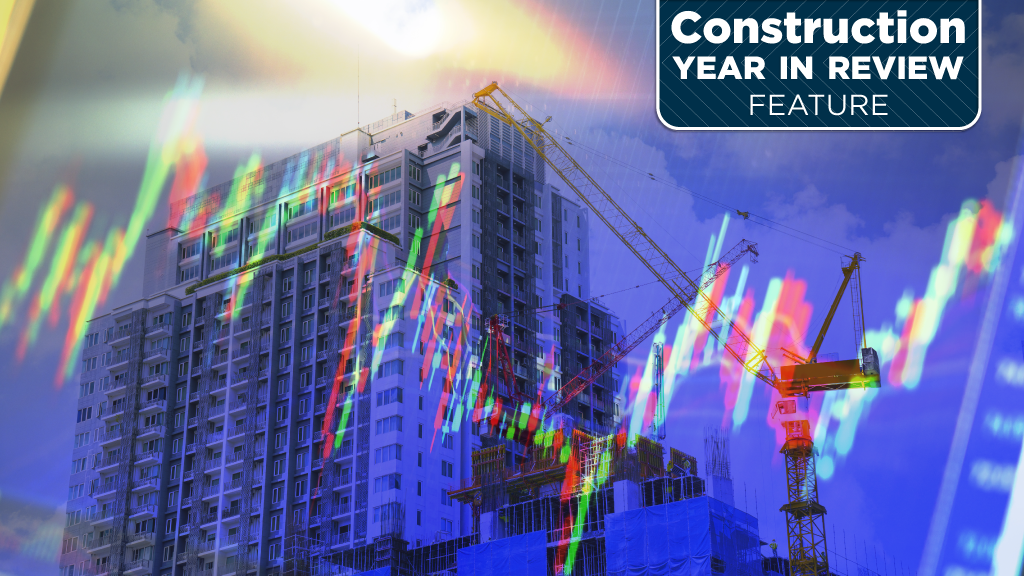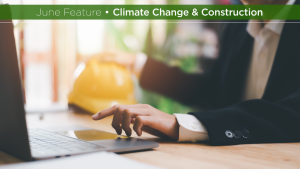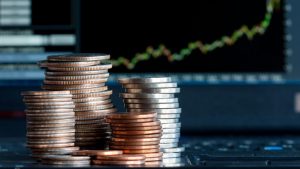As if COVID-19 hasn’t already caused enough trouble, the Canadian economy and the construction industry have another headache on their hands, the risk of a sustained period of inflation.
Many people in construction are concerned.
“Although the price of lumber, the Darth Vader of building supplies, has come down, the prices of all other building materials are up,” said Liz Kovach, president of Western Lumber Retailers Association. “It’s insane, it’s like nothing we’ve seen before.
“In addition to the prices of materials, there’s a serious labour shortage, not enough truckers or people to load and unload the trucks. It used to cost $4,500 to ship a load from B.C. to Toronto; now it costs $12,000.”
Alex Yakovyshenko, general manager of Haney Builders’ Supplies in Haney, B.C. and board member of The Building Supply Industry Association of BC said, “Every two months the prices we pay go up, and we don’t know if there are going to be shortages. It makes it difficult for us to set our prices.”
Because there haven’t been any serious bouts of inflation in Canada for at least 30 years, many Canadians don’t appreciate the damage it can do.
Philip Cross, senior fellow of the Macdonald-Laurier Institute and former chief economic analyst of Statistics Canada, says inflation is not just a one-time increase in the price of something.
“It’s an increase in the price level, a general increase in the prices of goods and services,” Cross said.
Economists don’t have a theory of what causes inflation that can be applied to every case.
“This time there is an unusual constellation of causes,” he said.
One of them is the start and stop disruption of the global supply chain, beginning with the first COVID-19 lockdowns in early 2020.
In addition, there have been steady increases in the money supply, thanks to the government programs to support individuals and businesses during the pandemic, without a corresponding increase in the supply of goods and services.
“As a result, there is too much money chasing too few things,” said Cross.
Another symptom of the current economic turbulence is the sharp drop in demand for services – such as bars, restaurants, movies and travel – and a jump in the purchases of products by people stuck at home.
In addition to these gyrations, the Canadian labour market has been out of sync.
“There are high rates of both unemployment and job vacancies at the same time,” said Cross. “That’s very unusual. It’s more usual for high unemployment to go with low job vacancies and vice-versa.”
Cross says the Bank of Canada is expected to raise interest rates sometime early in 2022.
“Construction has been doing well until now, because interest rates have been low and demand has been high,” he said. “But when interest rates go up, the industry could suffer.”
ConstructConnect’s chief economist Alex Carrick says that, although the price of softwood lumber has come down this year, other construction materials, such as hardwood lumber, steel, aluminum and glass, have not followed its example.
“Prices of commodities and raw materials, such as gypsum, copper, oil and gas, and scrap steel, have gone up, too,” said Carrick.
At the beginning of the pandemic, he says, most contractors absorbed any increases in the price of materials, because they wanted to survive and didn’t want to lose any customers.”
More recently, however, contractors have changed their approach and started raising their prices to their customers, which will add to inflationary pressures.
“We’re undergoing a shift to a more expensive world, with everything costing more, and that includes labour,” said Carrick. “We’re in for a period of high prices. That trend will continue into 2022 and beyond.”
To protect themselves against inflation, individuals and businesses should invest their savings so that their return is greater than the rate of inflation, says Miguel Ouellette, director of operations and economics at Montreal Economic Institute.
Deborah Reid, a financial advisor at Raymond James Ltd in Sidney, B.C., says investors should focus on an investment’s return after taxes.
“A tax-free savings account enables investors to enjoy dividend income, interest income and capital gains without having to pay taxes on the earnings,” said Reid. “Alternatively, a registered retirement savings plan allows investors to shelter and grow their money in a deferred savings plan, since taxes aren’t paid until retirement when withdrawn at a lower tax rate.”
Interest on cash and fixed income investments, such as bonds and GICs (guaranteed investment contracts), is fully taxable.
“But equities pay dividend income that receives preferential tax treatment and capital gains, where only half of the gain is taxable,” said Reid.











Recent Comments